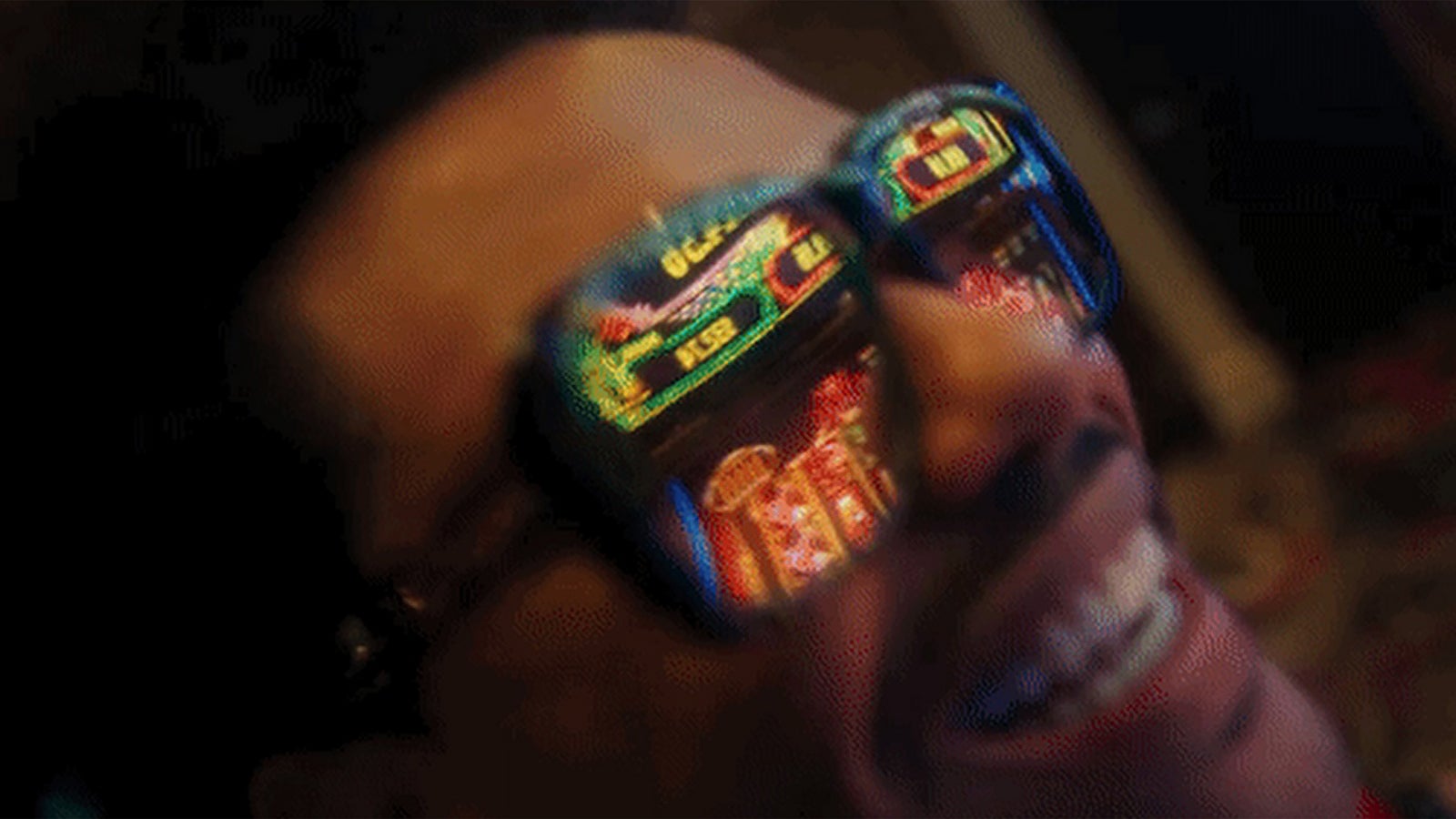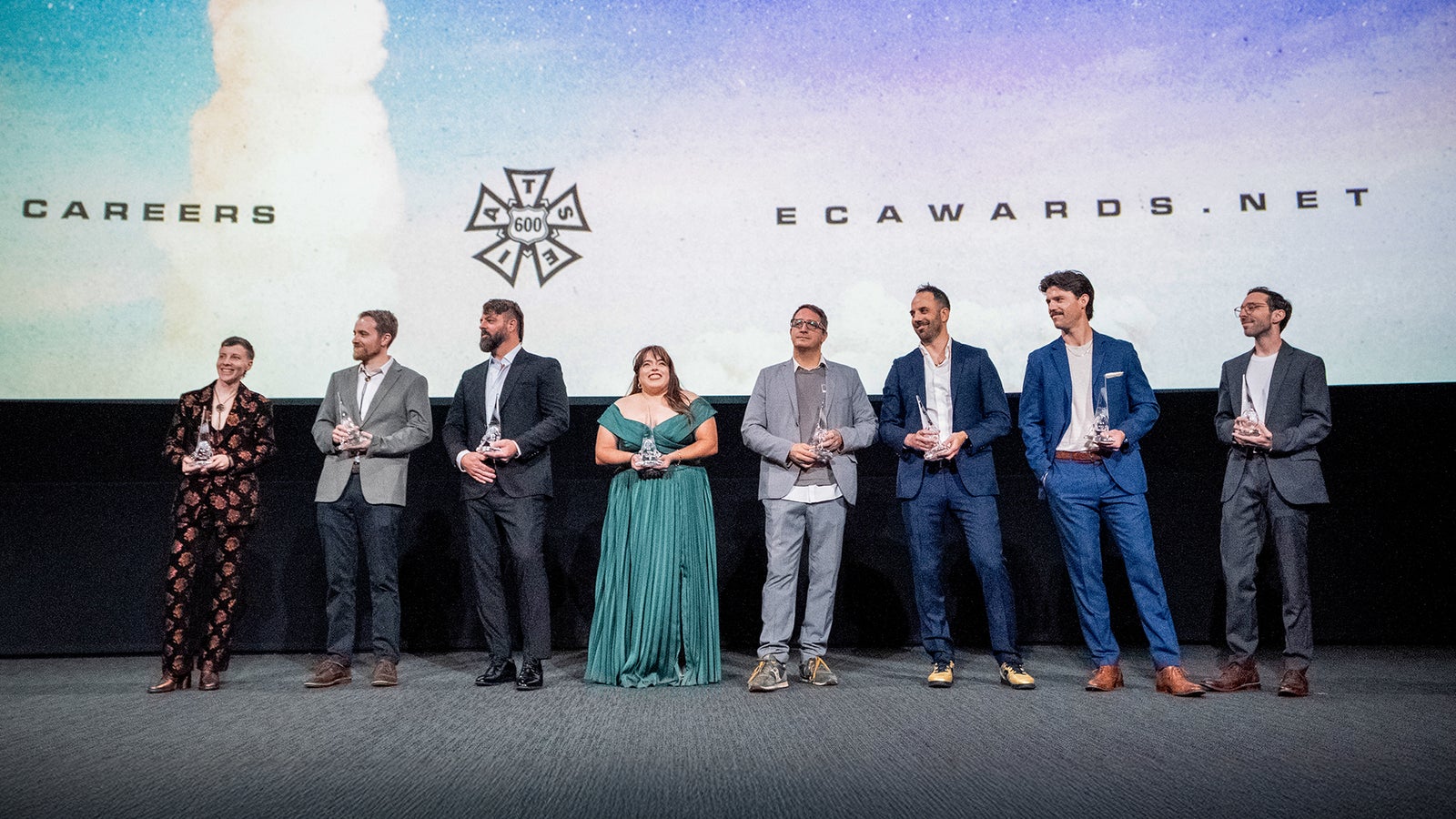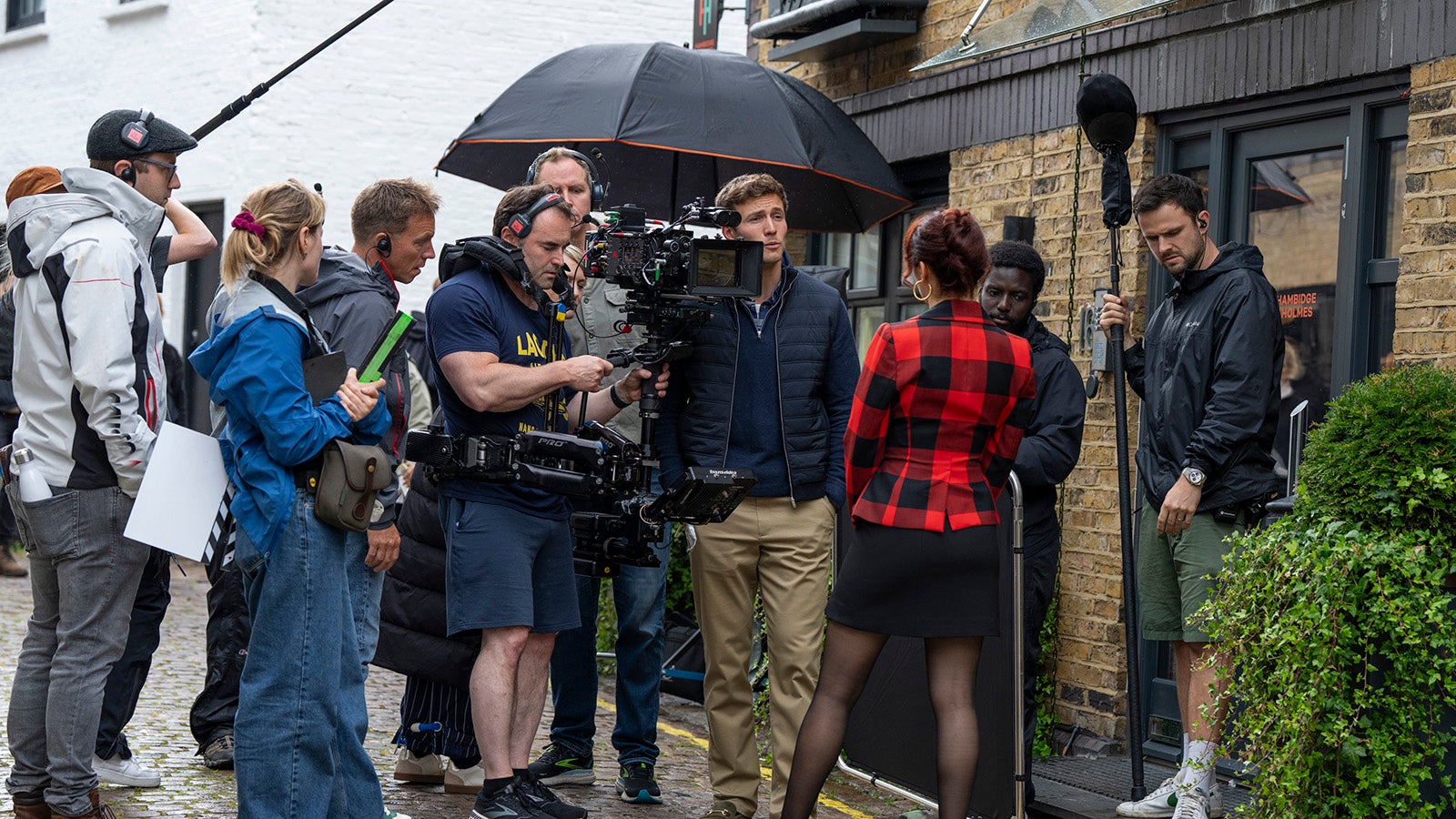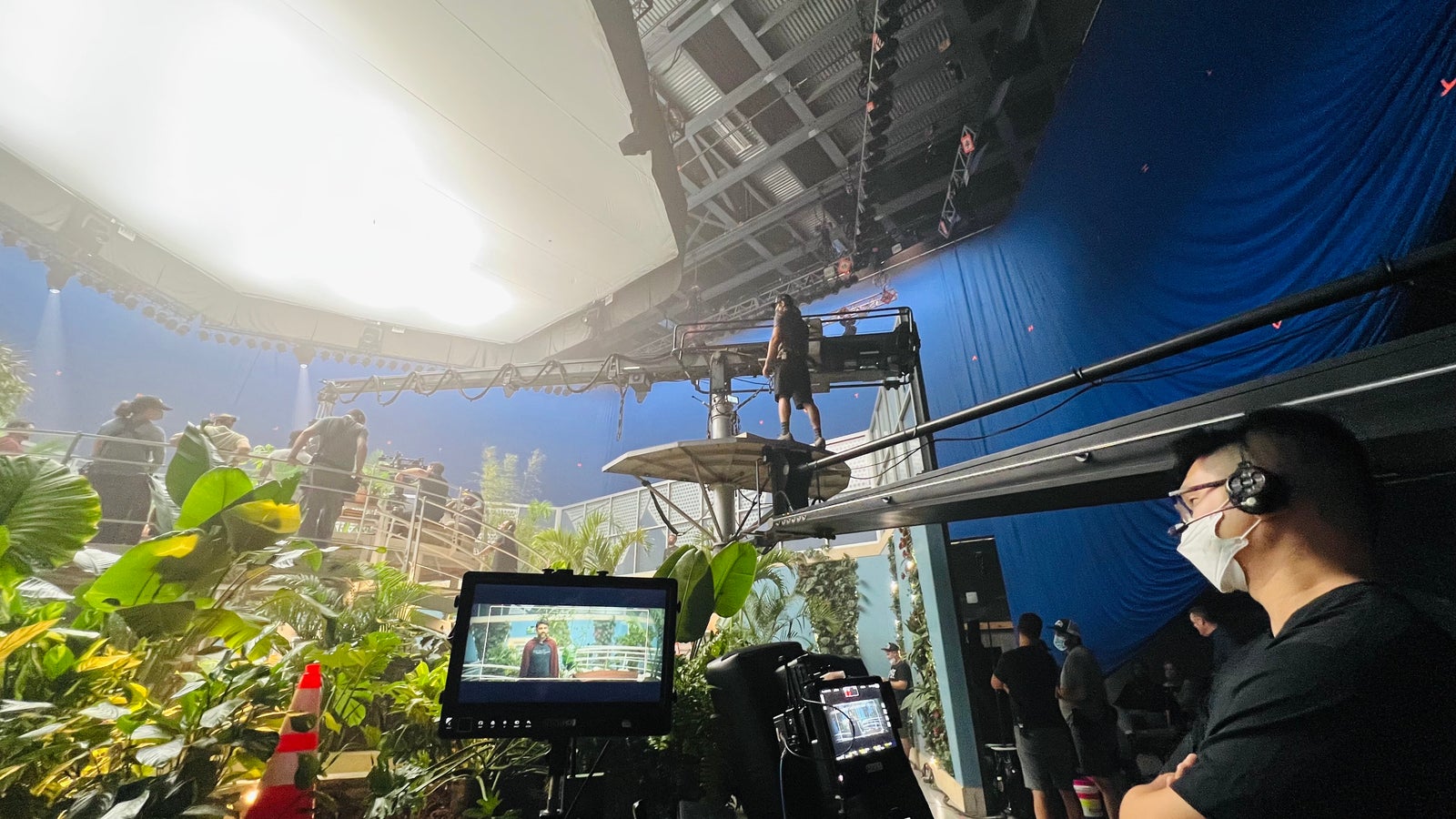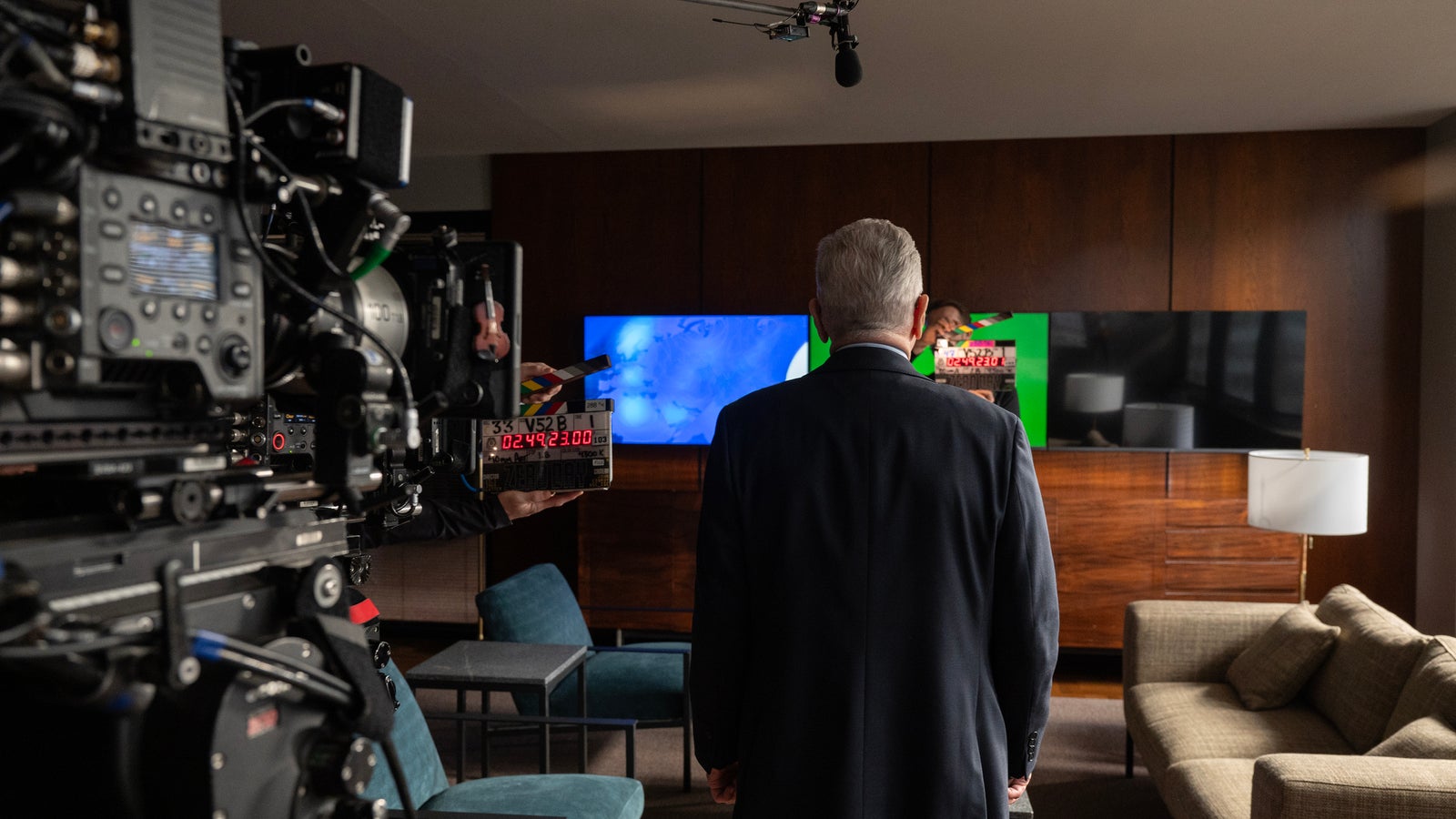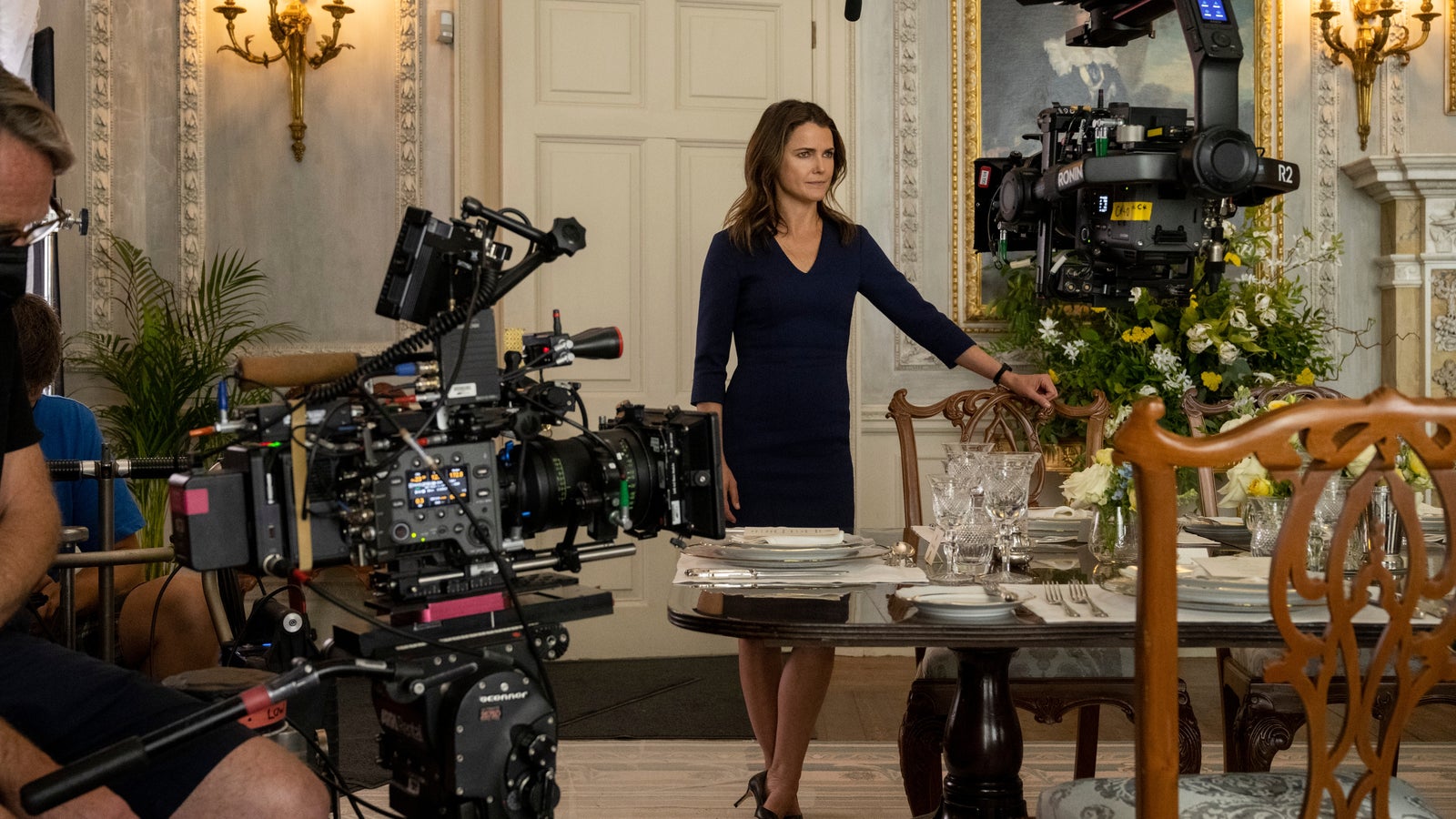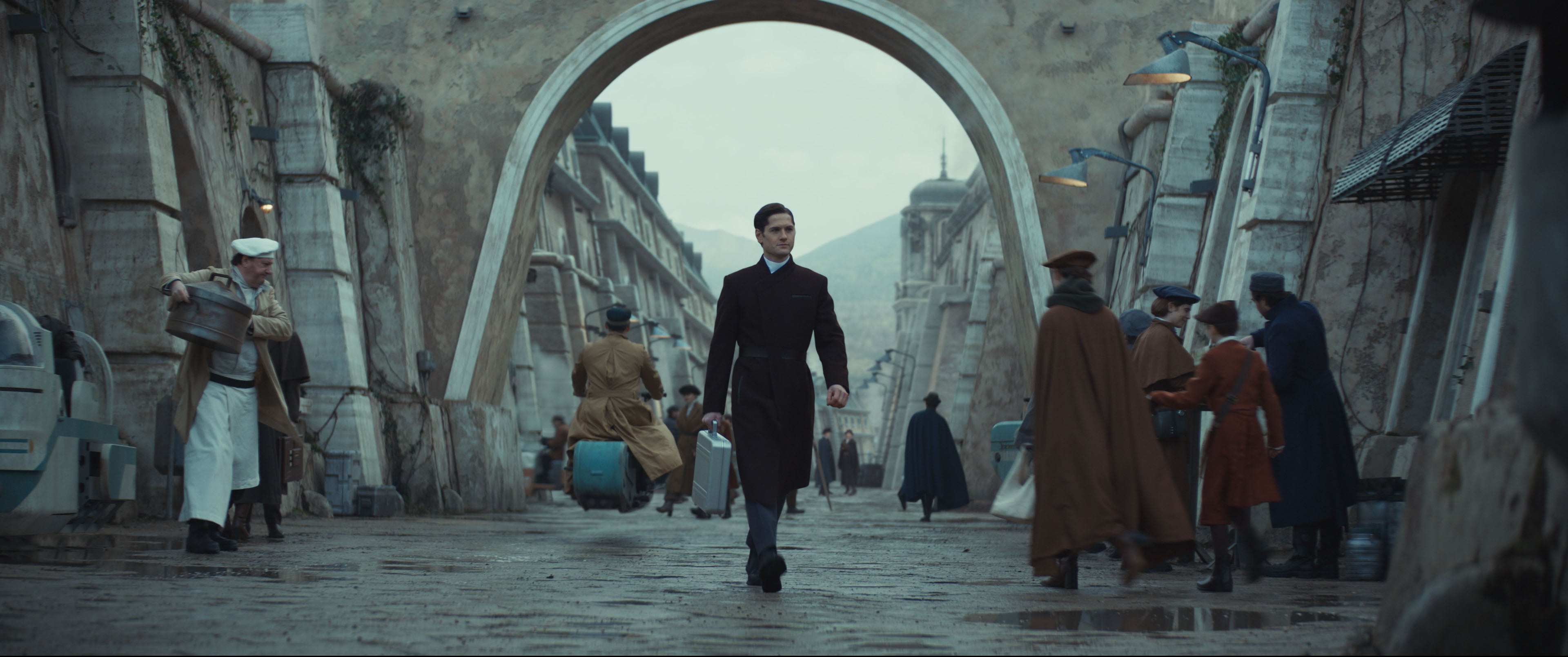
05-26-2025 - Filmmaker Interviews
How DP Christophe Nuyens, SBC, Used Sony to Capture a Galaxy Far, Far Away in Andor Season 2
By: Yaroslav Altunin
Crafting a thriller requires blending an intricate story with a visual language that squeezes tension out of every frame. Now set that thriller in a galaxy far, far away, and the job gets even harder. But doing it twice can seem like an impossible task.
These were the stakes for Season 2 of Andor, a political thriller set in the Star Wars universe during the final years before the Battle of Yavin (as seen in Star Wars: A New Hope). Created and helmed by Tony Gilroy, an Academy Award-nominated screenwriter and director, the series blends a unique narrative structure with imagery that mixes bright lights, night scenes, and visual effects only found in space operas.
To bring the first six episodes to life, the creative team brought on Belgian-based DP Christophe Nuyens, SBC, to lead the camera department. Utilizing the Sony VENICE as well as the Sony FX3 and Sony FX6, Nuyens juggled difficult lighting conditions, otherworldly sets, and dizzying choreography.
Sony Cine sat down with Nuyens to better understand his creative approach, how he tackled his first space opera, and how the Sony ecosystem helped him achieve his creative vision.
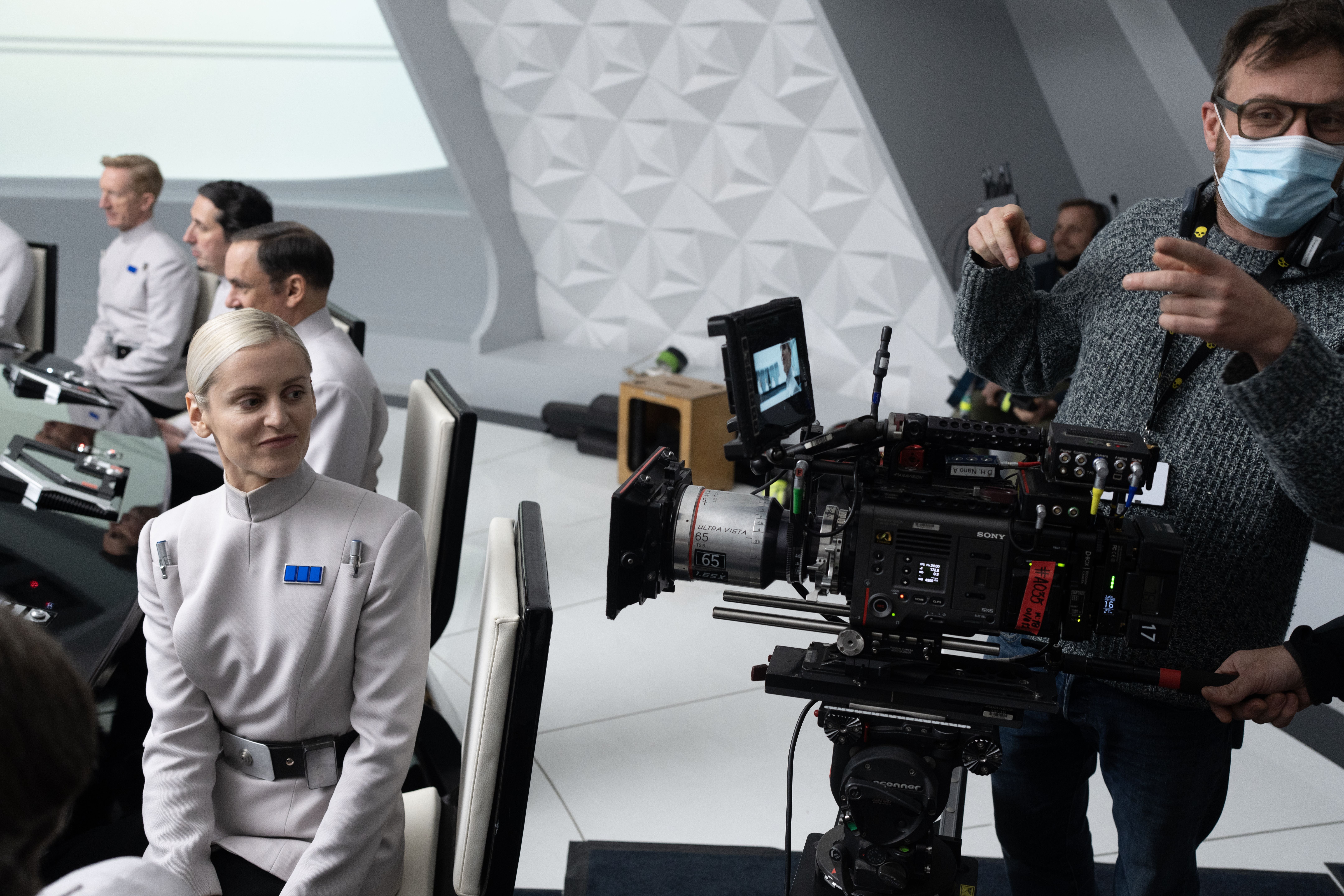
Filmmaker Interview: How The Sony VENICE Captured Andor Season 2
As an award-winning cinematographer, Nuyens is no stranger to science fiction or thrillers. But Andor Season 2 would be his first space opera. The show's narrative structure would also pose unique challenges, forcing the cinematographer to treat the series more like a collection of feature films.
"The way it's written this season, every three episodes is almost like a film," Nuyens said. "But prep was one of the biggest strengths of the show. Everybody did their homework. It was really organic."
To ensure he had the right tools to capture the series the way he wanted, Nuyens first focused on lens choice, choosing the Panavision Ultra-Vista large-format anamorphic lenses.
"For me, the lens choice is number one," Nuyens said. "We went for the Ultra-Vistas, which were superb. But the problem for me with lenses is the [aperture]."
"And I think that's really the strength of the VENICE."
Even though the Panavision lenses were between T2.5 and T4, the Sony VENICE allowed Nuyens to shoot toward his creativity instead of around obstacles. Through night scenes and sun-filled interiors, the VENICE was able to capture the traditional flares and the organic nature of his chosen lenses, without compromising the image.
"We shot a lot in ISO 2500, which is totally not a problem," Nuyens said. "This was my second or third project on the VENICE, and it's a camera I really love because of the high ISO."
"I like to have a natural approach, lighting-wise, which on this show was quite difficult," Nuyens said. "If you have too much light coming in, it makes it feel artificial. We also worked a lot with LED and show lights, and those are not so strong."
"That means you need a sensible camera, and I think [the VENICE] helped us a lot."
For a scene in Episode 4, where two characters are holed up in a safe house, Nuyens and the creative team decided to use an LED wall instead of a bluescreen. Outside of the set, only the LED wall and a few SkyPanels and a Domino 1000W were used to light the scene.
"We decided against the bluescreen and said, 'Okay, let's put an LED wall,'" Nuyens explained. "The day scenes I lit with just the LED wall and some moving heads shining in as the sun. It's 1000W or something, it's really not so strong."
"But when you see it on camera, it's incredible. You look with your eyes, and you see a dark set, and then you look on the monitor, and it looks like a bright sunny day."
The combination of internal NDs and high sensitivity allowed Nuyens to follow his natural approach to lighting and pull every bit of character from his lenses. Even on bright sunny days, the cinematographer found himself using ISO 1250 in 500 low base ISO.
"In high ISO, even if you shoot outside on a cloudy day or something, it helps you protect the highlights," Nuyens shared. "When you start to know the camera, you can really play around with the ISOs to work on your dynamic range."
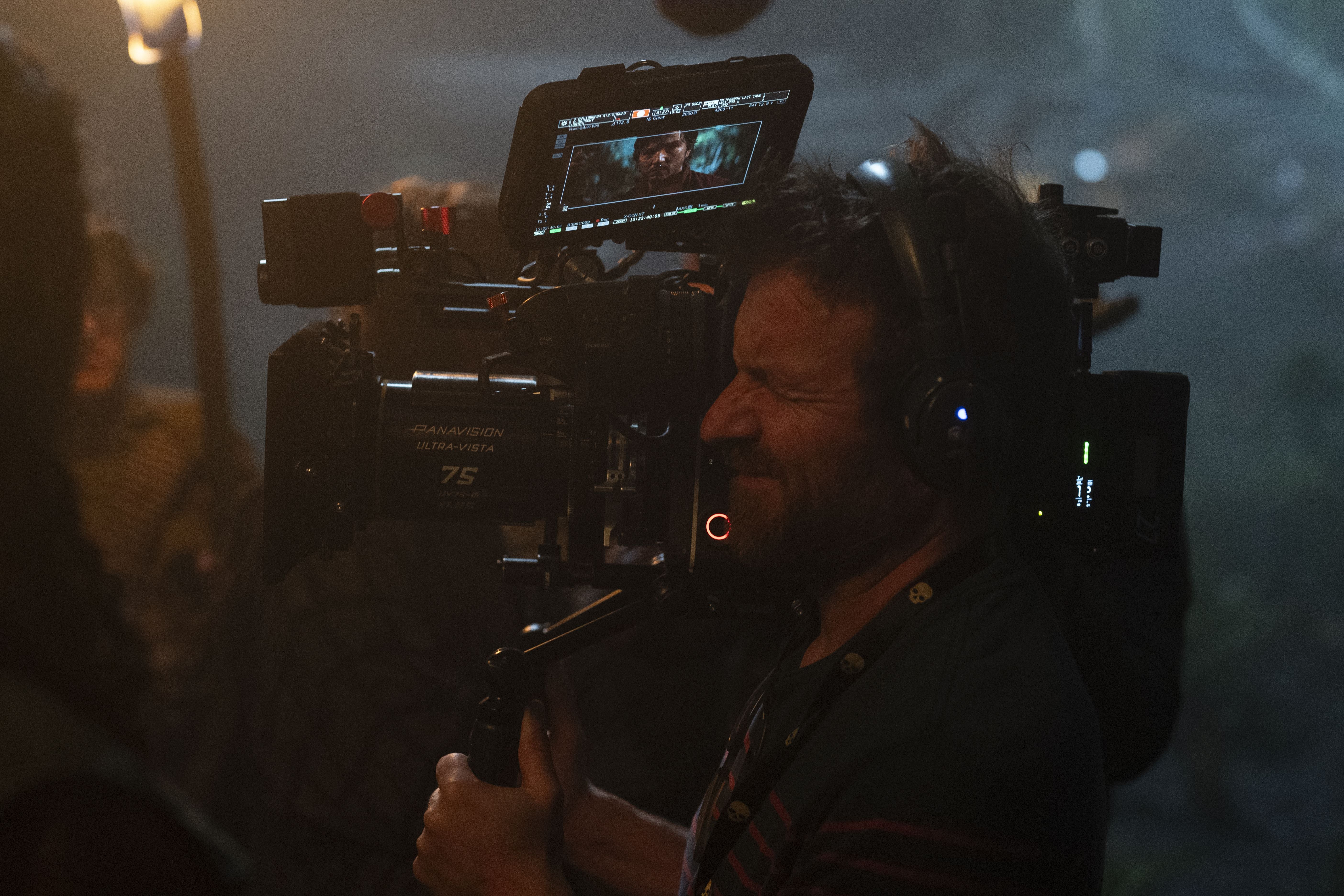
Filmmaker Interview: Combining The Sony Cinema Line for Andor
While most of the episodes that Nuyens shot were captured using the VENICE, a certain scene required the support of other cameras from the Sony Cinema Line. Early on in the show, the titular character of Andor finds himself inside the cockpit of a TIE Avenger.
The cramped set didn't have much room for cameras to begin with, but Nuyens still managed to utilize six different cameras for the scene.
"All the flying scenes in the TIE Avenger, when we are inside, the TIE Avenger is flying on a rig," Nuyens explained. "And we rigged six cameras to it. Two VENICE cameras in Rialto mode, two FX3s and two FX6s."
"Because we needed six cameras in front of the cockpit, that meant there's not a lot of room anymore for lights," Nuyens continued. "That's the reason why we went for smaller cameras. So they wouldn't block all the light."
"That's the nice thing about Sony. You can mix the high-end cinema camera with an FX3 or FX6."
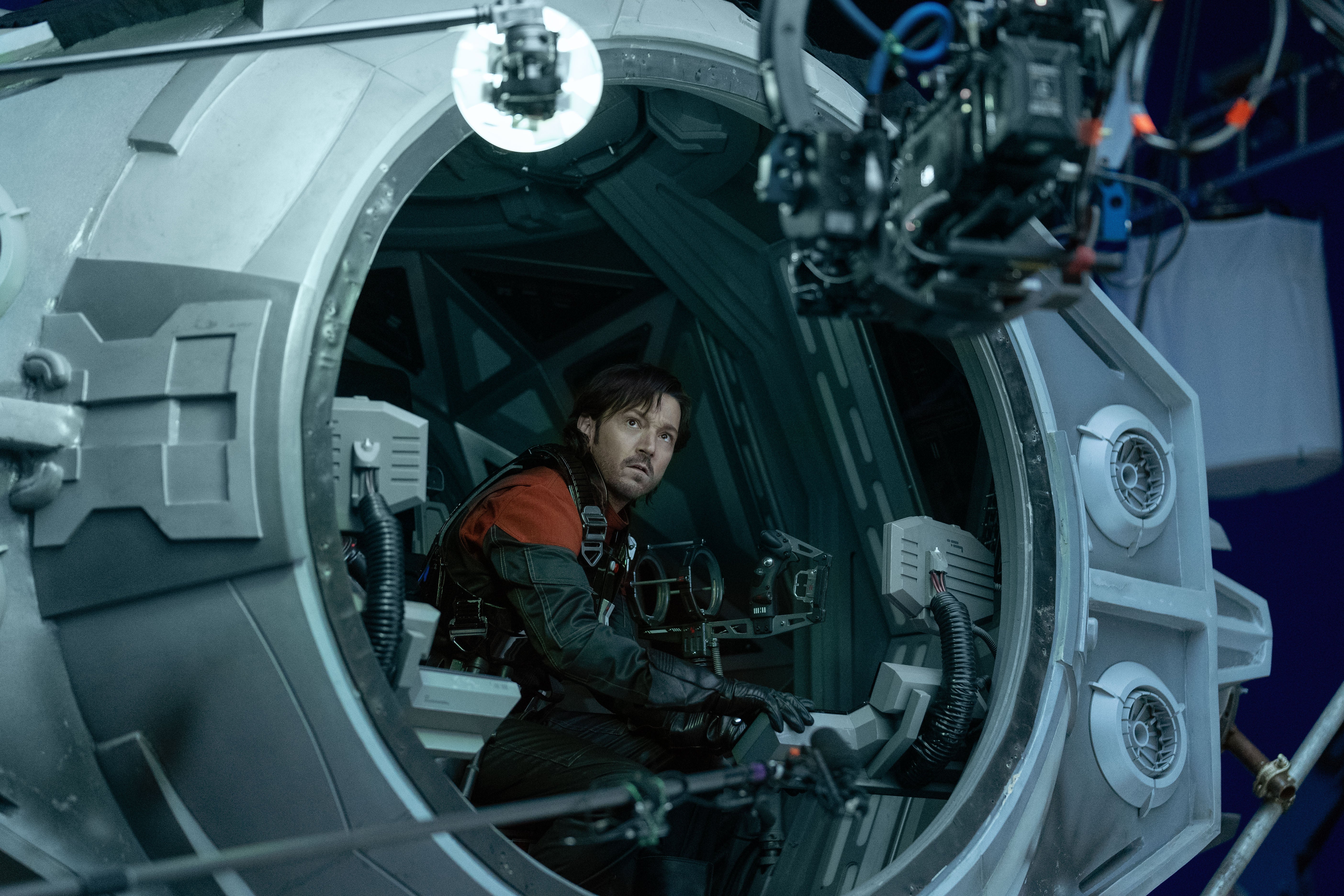
Filmmaker Interview: Finding the Right Glass for the Sony VENICE
Nuyens also discovered this mixing approach in his lens choice. Because Panavision Ultra Vista lenses are custom-built, the cinematographer found that the same focal lengths from the lenses he had could provide vastly different results.
"I hesitated for a long time with those lenses, but at the end I'm so happy. They're not your usual lenses," Nuyens explained. "With most lenses, every 50mm is the same 50mm with the same field of view and feeling. But [the Panavision Ultra-Vistas] gave us different results."
"There was a 40mm that was really good for close-ups, but there was another 40mm that was really good for wide shots."
With such a wide variety of lenses, even some that shared the same focal length, Nuyens needed a camera that could capture every nuance each lens had. This is where the VENICE stitched all the other tools together into a complex and beautiful visual language.
"If you have the VENICE, you don't have to worry too much about the T-stop. And I think that's a good mix," Nuyens said. "Those lenses, and then a camera that helps you to shoot low light. That is important for me."
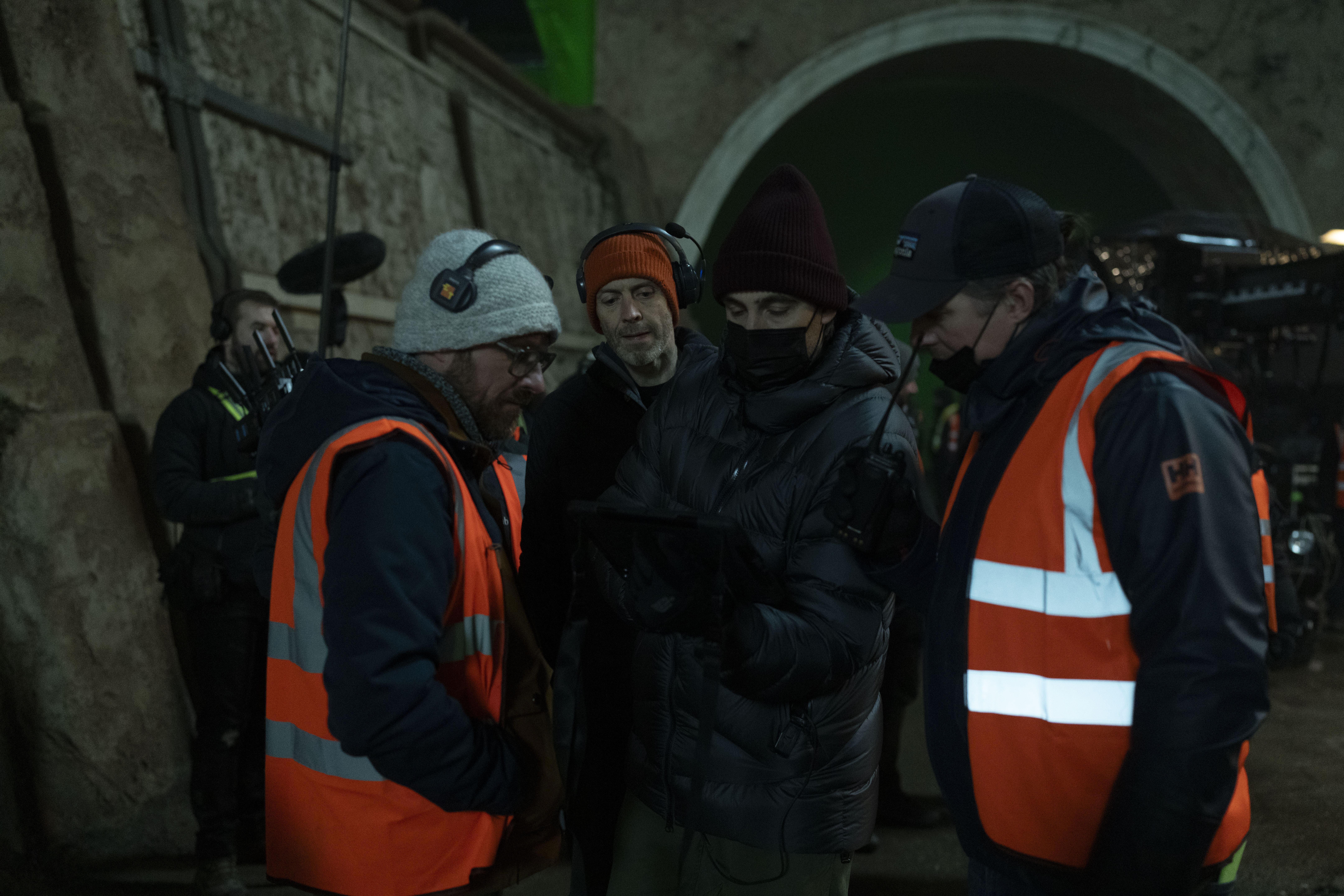
Filmmaker Interview: Conducting a Space Opera
Making a Star Wars film or series is no small feat. From practical sets and breathtaking locations to alien costumes, props, and starships, there are many creative tasks to juggle. Now, make it a Tony Gilroy project, and you will have extra layers of creativity to contend with.
But for Nuyens and his team, these layers were merely a playground of creative opportunities. Without having to worry about toolkit limitations or obstacles, Season 2 of Andor became an exercise in possibilities.
"For me, it was an incredible experience," Nuyens shared. "It was incredible to work with such talented people in every department."
Season 2 of Andor is currently streaming on Disney+.
Read on to learn more about the Sony VENICE and other cameras from the Sony Cinema Line.
